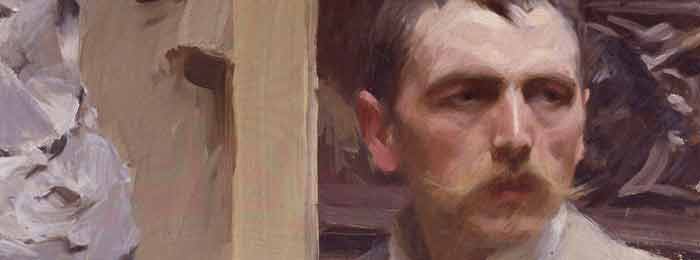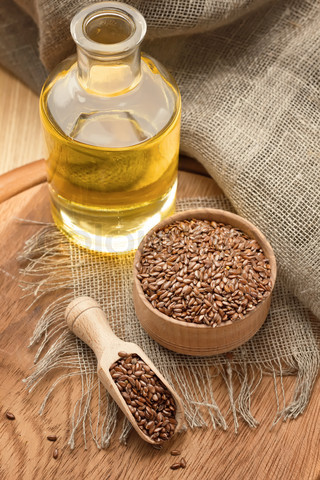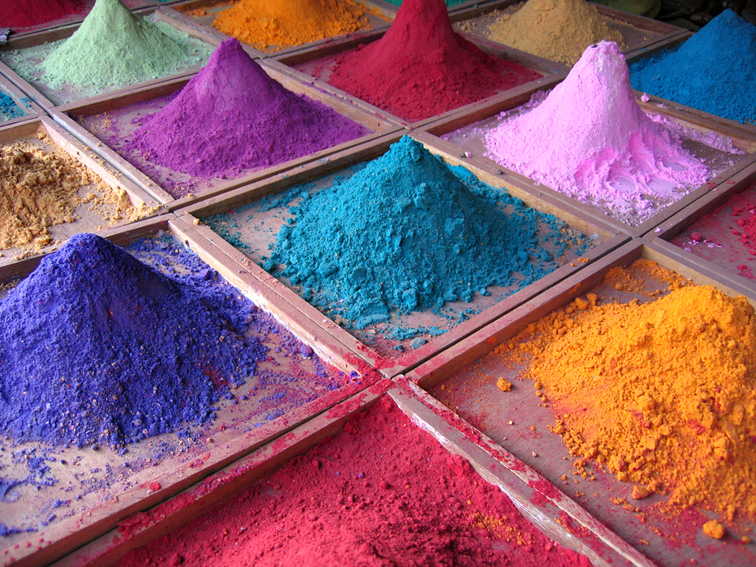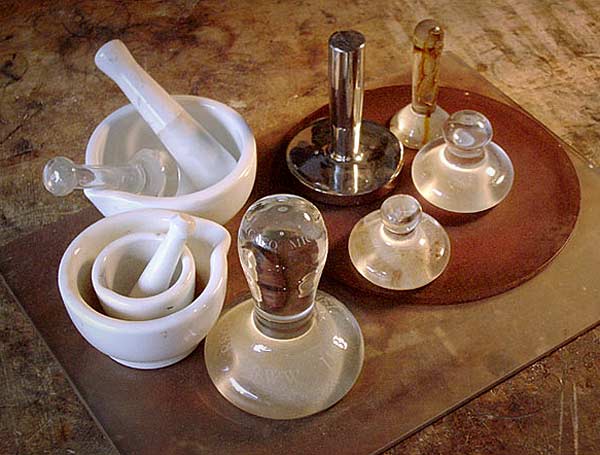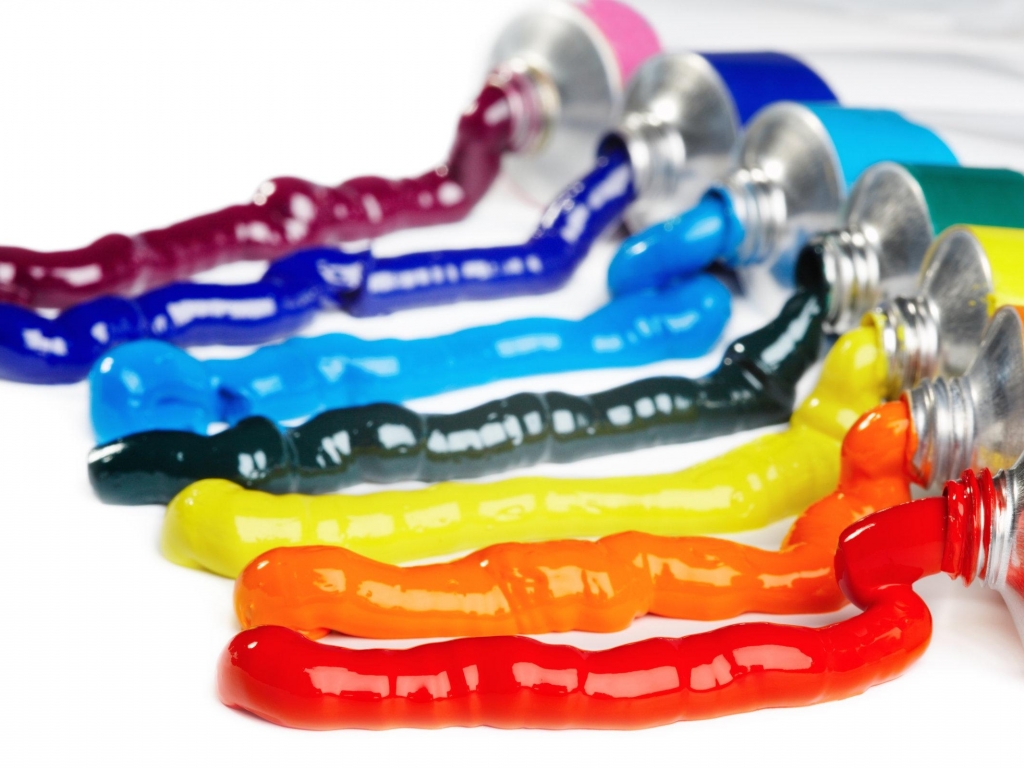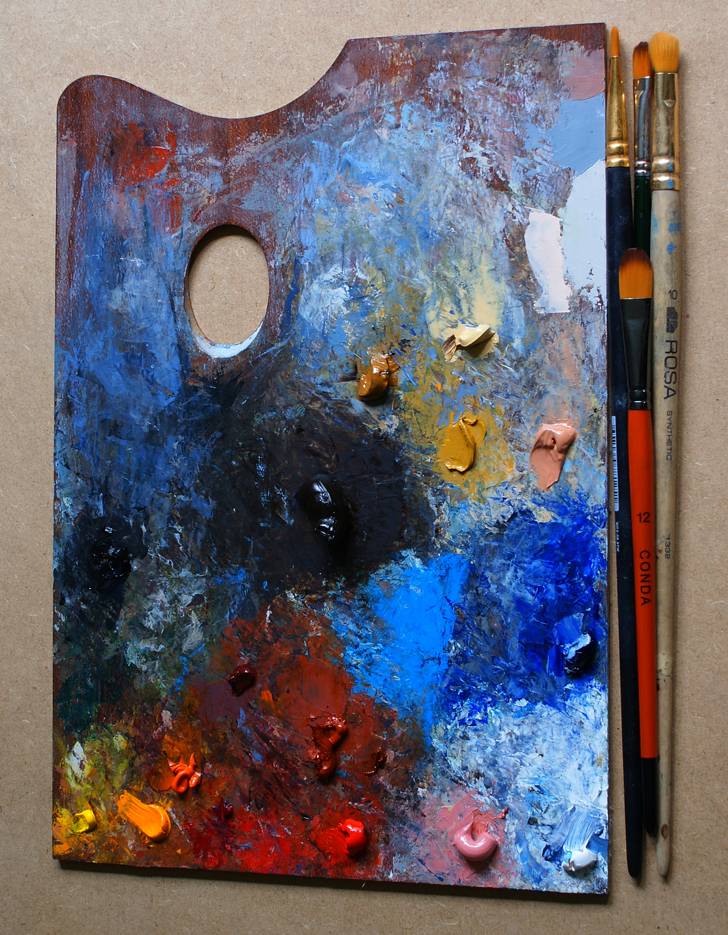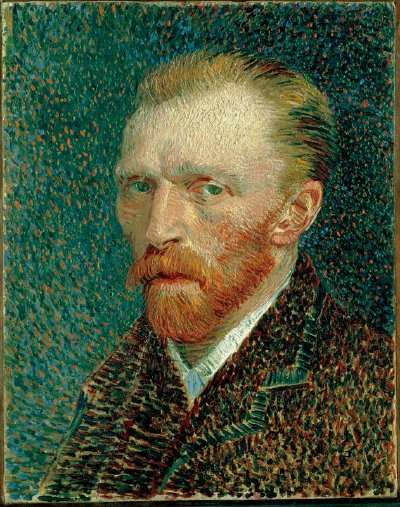On 27 Jun, 2015 With
Palettes of Famous Artists. Zorn Palette Swedish painter Anders Zorn (1860-1920) has long been associated with a limited palette of four colors. Rosemary Hoffman, in the book Northern Light: Nordic Art at the Turn of the Century wrote, “Zorn was noted for executing paintings using a sober color scale limited to white, ochre, vermilion, and ivory black.” Hans Henrik Brummer, writing in the 1986 catalog on Zorn, said “basically his register was limited to black, white, earth yellows and vermilion; other pigments could be used if local accents were needed.” Several art teachers, such as Jeff Watts, use the “Zorn palette” (sometimes substituting cadmium red light for vermilion) as a teaching tool because it provides students with a finite range of color choices with a…
Read More
On 29 Sep, 2012 With
Oil painting materials Oil Paints Oil paint is a mix of a powdered pigment bounded with a medium of drying oil. Linseed oil is commonly used as a carrier in oil paint. Oil paints can be mixed with linseed oil as a medium to make paints more fluid; this medium also increases glossiness and makes paint more transparent. Linseed oil comes as cold pressed, alkali refined, sun bleached, sun thickened, and polymerised (stand oil). Traditionally, the old masters used to prepare oil paints themselves. Today, ready-made oil paints available in tubes from any art supply shop. It is possible to paint with oils without diluting them with solvents, by using brush pressure to spread the paint out thinly. In…
Read More
On 26 Sep, 2012 With
Chemical Changes of Pigments The causes of change of color in pigments are of four kinds, all of them chemical effects. 1) the action of light; 2) the action of the atmosphere; 3) the action of the medium, and 4) the action of the pigments themselves on each other. The action of light is to bring about or to assist in the decomposition of the pigment. It is less marked in oil than in water color, because the oil forms a sort of sheath for the color particles. The manner in which light does its deteriorating work is somewhat similar to that of heat. The atmosphere affects the paint because of certain chemical elements contained in…
Read More
On 3 Sep, 2012 With
Oil painting essential materials and techniques: Grinding Pigments Grinding.—The color which the artist uses must be most evenly and perfectly ground. The grinding which will do for ordinary house paints will not do for the artist’s colors. Neither will the chemical processes suitable for the one serve for the other. Not only must the machinery, but the experience, skill and care, be much greater for artist’s colors. Therefore it is that the specialization of color-making is most important to good colors for the use of the artist. Reliable Makers.—If you would work to the best advantage as far as your colors are concerned, both as to getting the best effects which pure pigments skilfully and honestly prepared will give you,…
Read More
On 31 Aug, 2012 With
Oil painting essential materials and techniques: Good Paints and Pigments Good Paints.—The three things on which the quality of good paint depends are good pigment, good vehicles, and good preparation. The pigments used are of mineral, chemical, and vegetable origin. The term pigment technically means the powdered substance which, when mixed with a vehicle, as oil, becomes oil paint. The most important pigments now used are artificial products, chiefly chemical compounds, including chemical preparations of natural mineral earths. As a rule, the colors made from earths may be classed as all permanent; those from chemicals, permanent or not, as the case may be; and those of vegetable origin fugitive, with few exceptions. Some colors are good when used as water colors, and bad…
Read More
On 28 Aug, 2012 With
Oil painting essential materials and techniques: PAINTS Of all your materials, it is on your paints that quality has the most vital effect. With bad paint your work is hopeless. You may get an effect that looks all right, but how long will it stand, and how much better may it not have been if your colors had been good? You can tell nothing about it. You may have luck, and your work hold; or you may not have luck, and in a month your picture is ruined. Don’t trust to luck. Keep that element out as much as you can, always. But in the matter of paints, if you count on luck at all, remember that the chances are…
Read More
On 22 Nov, 2011 With
Vincent van Gogh’s Palette Yellow ocher Chrome yellow Cadmium yellow Chrome orange Vermilion Prussian blue Ultramarine Lead white Zzinc white Emerald green Red lake Red ocher Raw sienna Black
Read More
On 25 Aug, 2011 With
Palettes of Famous Painters: The Degas palette The Degas palette above is from earlier in his career, when he was still using the earthy tones common to the Dutch tradition. It lightened considerably in later years as his subject matter altered. Although there are a number of prescribed ways in which to lay out oil paint – light to dark; as per the colour wheel; basic palettes of three colours and white – all artists begin by lining up pigments at the top of the palette and use the remainder of its space for mixing.
Read More


